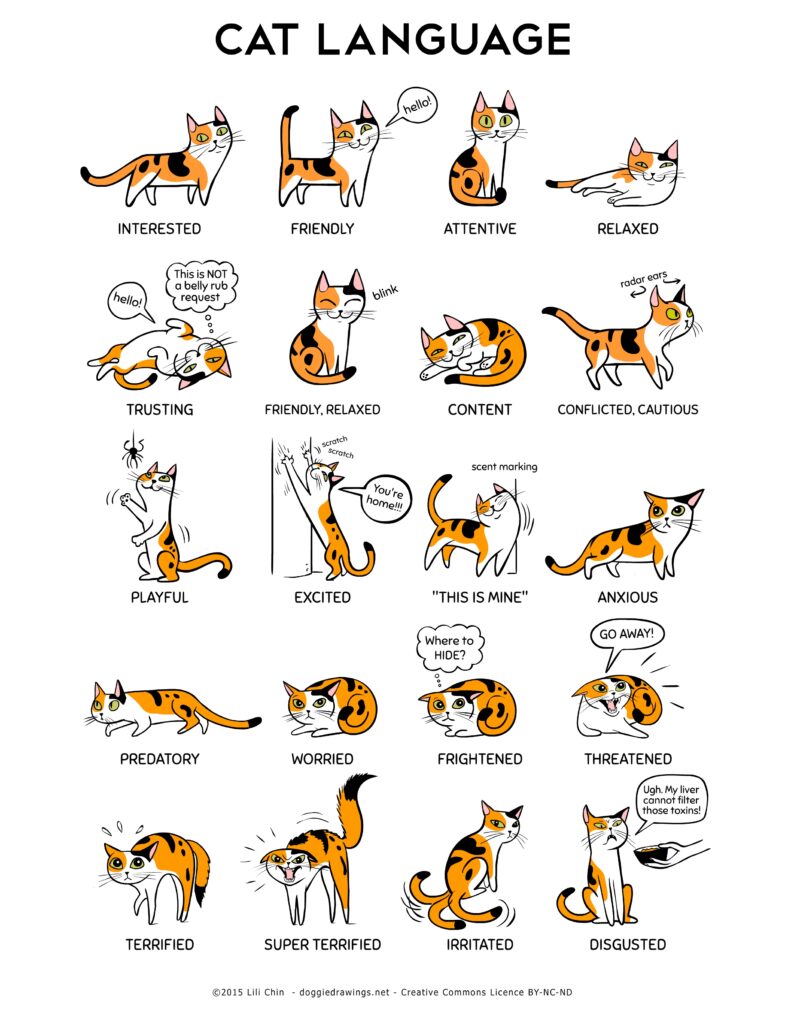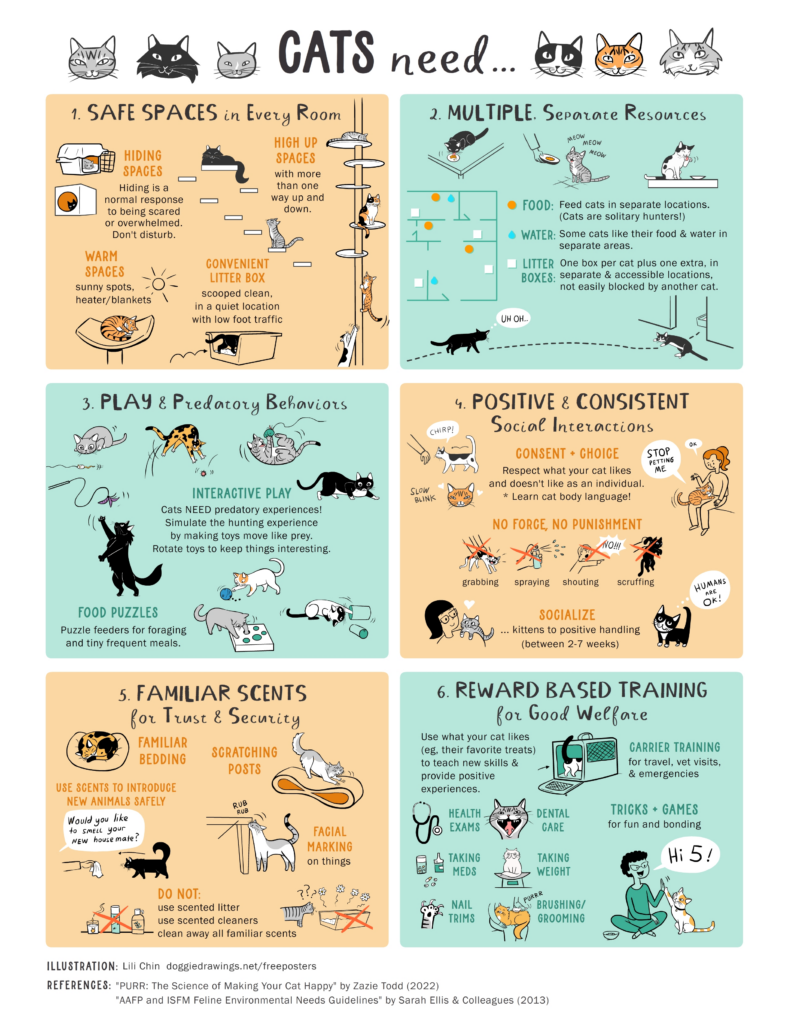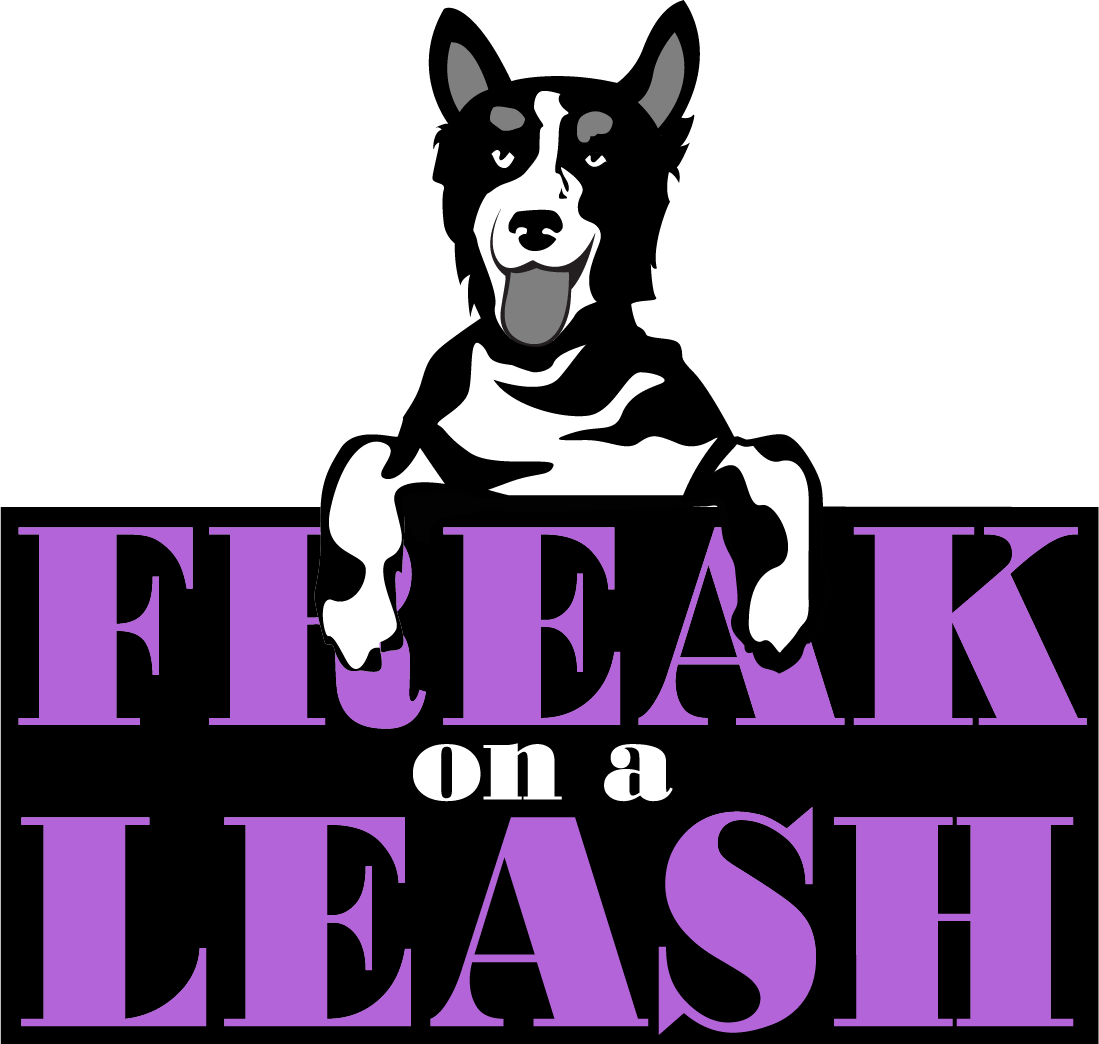Cats and dogs are two of the most popular pets in the world, but they have very different natures. While cats tend to be independent and solitary creatures, dogs are typically highly social animals that crave attention and interaction. If you’re planning to introduce a new pet to your household, it’s important to understand their traits and prepare accordingly. In this blog post, we will help you get to understand your pets better, read their signals and body language, and learn how to introduce them slowly and gradually. We’ll also address what to do if your pets don’t get along despite your best efforts. Join us as we delve into the fascinating world of cat-dog relationships!
Understanding Your Pet’s Nature
When it comes to cats and dogs, it’s important to understand their differences in behavior and communication styles. Cats are usually more independent and have their own unique ways of expressing themselves, while dogs are often more social. Both rely on body language and vocalizations to communicate.
If you’re introducing a new pet to your household, whether it’s a cat or dog, there are a few tips to keep in mind. It’s crucial to provide each pet with their own space and resources, such as separate elimination areas, hiding places, and feeding areas. This helps each pet feel secure and reduces potential conflicts.
Recognizing signs of stress or discomfort in your pets is also essential. Watch out for any new behaviors like excessive hiding, aggression, or changes in appetite. Address any issues promptly and don’t wait until things escalate.
Positive reinforcement training plays a crucial role in building a healthy bond with your pets. Rewarding desired behavior with treats, praise, and attention helps reinforce positive habits and creates a trusting relationship.
Understanding your pet’s nature and catering to their individual personalities will go a long way in ensuring a harmonious coexistence between cats and dogs.
The Social Aspect of Cats
Understanding the social aspect of cats is crucial when introducing them to new situations, such as meeting other pets or adjusting to a new home. Cats may be known for their independence, but they usually enjoy some level of companionship and social interaction with humans or other mammals.
When introducing a cat to a new dog, it’s important to do so slowly. Begin by keeping them separate and gradually introduce them through scent swapping and supervised interactions. It’s essential to observe the cat’s body language during these introductions and provide positive reinforcement for any calm and friendly behavior.
Remember, every cat has its own unique personality, so patience and understanding are key. By following these steps and creating a safe and comfortable environment, you can increase the chances of a successful integration.
Dogs and Their Play Signals
When it comes to dogs and play signals, it’s important to understand canine body language and behavior. Dogs use various signals to communicate their playfulness, such as fast wagging their tails, bowing down with their front end lowered, and barking in a high-pitched tone. These signals indicate that the dog is ready for a fun interaction and wants to engage in play.
It’s essential to recognize and respond appropriately to these signals to ensure a positive and safe play experience for both animals involved. For example, if a dog is wagging its tail and bowing down, it’s a good indicator that they are inviting the other dog or cat to play. In response, the other animal can reciprocate by mirroring the playful signal or initiating playful behavior, like chasing or wrestling.
It’s crucial, however, to supervise play sessions and intervene if any signs of aggression or discomfort arise. This can include excessive growling, snapping, or any stiff body language. In such cases, it’s best to separate them and give them time to calm down.
By being attentive to your dog’s play signals and providing a safe and controlled environment, we can foster positive interactions among our furry friends. Remember, each dog has its own individual personality. It’s essential to respect each animal’s boundaries and provide proper training and socialization to ensure a harmonious relationship.
How Can Misinterpretation of Signals Lead to Aggression?
Misinterpreting signals between cats and dogs can lead to aggression. Dogs may misinterpret a cat’s body language as a sign of playfulness when it is actually aggression, and cats may feel threatened by a dog’s playful gestures. This can result in fighting and aggressive behavior. It’s important to understand the communication cues of both species to prevent conflict and ensure their safety.

Preparing for a New Pet Introduction
 Territory plays a crucial role in cat and dog interaction. Both cats and dogs can have a strong instinct to claim and protect their territory. Introducing a new pet into any animal’s established space can pose challenges and potentially lead to conflict. It’s important to understand that each pet has individual personalities and preferences when it comes to their territory. These key steps can help to ensure a smooth transition for both your existing pet(s) and the newcomer.
Territory plays a crucial role in cat and dog interaction. Both cats and dogs can have a strong instinct to claim and protect their territory. Introducing a new pet into any animal’s established space can pose challenges and potentially lead to conflict. It’s important to understand that each pet has individual personalities and preferences when it comes to their territory. These key steps can help to ensure a smooth transition for both your existing pet(s) and the newcomer.
First and foremost, it’s important to set up a separate space for the new pet. This can be a spare room or designated area where they can feel safe and secure. Providing hiding places, comfortable bedding, ways to escape and separate resources, like litter trays and food bowls, can help ease any tension and help them adjust to their new surroundings.
Before the initial meeting, it’s essential to prepare your resident pets as well. Make sure they are up to date on vaccinations and have been properly acclimated to a leash. This will allow for better control during the introduction process. Additionally, ensure that your resident dog is familiar with basic commands, as this will establish boundaries, allow greater control, and help foster a sense of security.
When it’s time for the first meeting, keep the interaction short. Using baby gates or keeping the pets separated by closed doors can be helpful during the initial stages of introduction. A gate provides a semi-visual barrier but allow your pets to see and smell each other without direct contact. Meeting through a closed door allows an interaction via smell but without any visual stimulation, which can initially help each pet feel safer. These safety measures will also help you to gauge each animal’s reaction and minimize any potential tension.
Pay close attention to each pet’s body language, as this is a good indicator of an animal’s comfort level. If either pet shows signs of aggression or discomfort, it is essential to separate them. Always let the comfort level of the animals dictate the pace of the introduction. This may mean weeks of intros with barriers between them.
The first time meeting sets the tone for their future interactions, so it’s important to go slowly and create a positive experience. By taking these precautions and introducing the pets in a very controlled and gradual manner, you are increasing the chances of a successful integration.
Steps for Slow and Gradual Introduction
When introducing a new dog to a resident cat, it’s important to start the process slowly and gradually. Creating a calm and positive environment is crucial during the introduction process. Provide hiding places for the cat and ensure that it has access to its litter box and food without interference from the dog.
To ensure safety and observe compatibility, the first meeting should be supervised by a responsible adult. Keep the new dog on a leash during the first meeting and allow the cat to approach at its own pace. Gradually allow the pets to interact in a controlled manner while rewarding them with treats and praise for calm behavior. Pay attention to their body language, as it can provide valuable insights into their comfort level and potential for aggression.
Ensure that the cat has access to its own safe space, such as a separate room with a litter box and hiding places. Start the introduction process by allowing the cat and dog to sniff each other’s bedding or toys, gradually progressing to a face-to-face interaction.
During the first face-to-face introduction, use baby gates or closed doors to create physical barriers between the animals when necessary. It’s important to closely monitor the body language and behavior of each during the meetings. If the dog lunges or shows signs of aggression, separate them immediately and seek professional help if needed.
Remember, every pet is unique, and individual personalities play a significant role in the success of an introduction. Patience and proper training are essential throughout the process. While it can be tempting to rush things, taking your time and allowing each animal to adjust to the new surroundings is the best approach. Slowly increase your pets supervised interactions, ensuring there is always an escape route for the cat if needed, for safety reasons.
By following these steps and being sensitive to each pet’s needs, you can increase the chances of success in introducing cats and dogs in a calm and peaceful manner.
What if Your Pets Don’t Get Along?
It’s not uncommon for cats and dogs to have difficulties getting along, but there are steps you can take to improve their relationship.
- Make sure your cat’s and dog’s needs are fulfilled. For some good places to start, check out what cats need in the drawing below by Lili Chin.

- Reward any calm behaviors in both pets
- Create bonding experiences for your cat and dog, eating treats on separate sides of a baby gate
- Teach a “place” cue to both, with rewards for being in each others company
- Add vertical escapes for the cat (a single cat tree is not a way to escape, the cat needs to be able to leave and not be stuck on a cat tree)
- Spend lots of time with each pet so neither feels left out
- Seek the help of a professional trainer or behavior consultant if needed
In Conclusion
It is important to understand that cats and dogs have different social behaviors and communication styles. Successful introductions require patience, understanding, and careful observation. Misinterpretation of signals can lead to aggression and potential harm to both pets.
If your pets don’t get along initially, don’t lose hope! Seek professional guidance from a veterinarian or behavior consultant who can provide expert advice tailored to your specific situation. Every pet is different, and individual personalities play a significant role in carrying out a successful introduction process.
With time, proper introduction techniques, and lots of love and attention, it is possible for cats and dogs to coexist harmoniously and even develop a strong bond. By following these guidelines and seeking professional help if needed, you can increase the chances of a successful integration of your cat and dog into a harmonious household!

